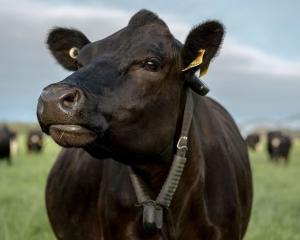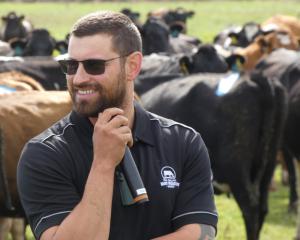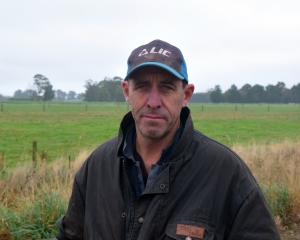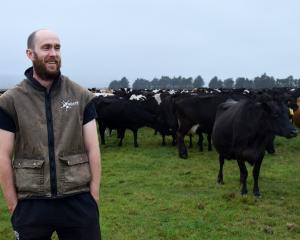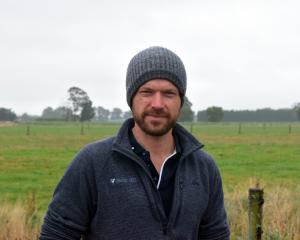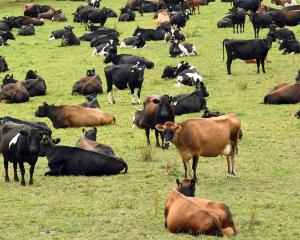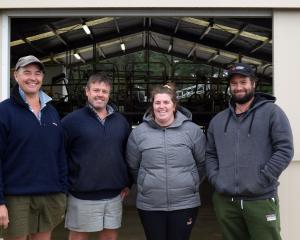
Mr Gwyn was speaking at a public meeting in Oamaru last week, as part of a series of farmer and public meetings throughout the country.
Those meetings came in the wake of the launch of the 2019 Mycoplasma bovis National Plan, released by the Ministry for Primary Industries, DairyNZ and Beef + Lamb New Zealand last week.
The plan set out three goals: to eradicate the disease from New Zealand, to reduce the effect of the disease and the eradication programme for everyone affected, and to leave New Zealand's biosecurity system stronger.
In May last year, Prime Minister Jacinda Ardern announced $886million would be spent on phased eradication of the disease.
About five hours were spent with affected farmers in Oamaru - the farmer meetings were not open to the media - and it was important to hear what they had to say, Mr Gwyn said.
The eradication programme had a disproportionate effect: it was a "hell of a lot harder" for communities like Ashburton, Oamaru and Invercargill than the rest of the country, he said.
Eradication was "never going to be a cast-iron guarantee" but the latest Technical Advisory Group (TAG) report said the programme was on the right track and the group was increasingly confident eradication was achievable.
Spring bulk milk testing indicated the disease was not endemic across New Zealand; it appeared confined to a group of farms connected by animal movements.
There was an estimated cost of $1.3billion in lost production over 10 years if it was not eradicated, plus other impacts on animal health and lower resilience to other diseases.
Farmers were incredibly resilient and great business people. If they could be given certainty, they could work around most things. The biggest problem was giving that certainty, Mr Gwyn said.
This was the "heavy lifting" phase of the programme. Part of what the response was trying to achieve was ongoing support and there could never be "over-communication", he said.
As at April 11, there were 165 confirmed properties, 58 active properties, 107 cleared properties, 112 under notice of direction movement restriction, and 219 under surveillance.
The National Plan had been written in easy-to-understand terms; it was important that everyone in New Zealand - including taxpayers in Auckland who had never stepped on to a farm - had an understanding of how important it was to New Zealand as a country, and how eradication was progressing and being achieved.
It was not just farmers and communities who needed to be convinced it was a worthwhile spend of Government money, Mr Gwyn said.
Compensation timeframes had been reduced from 70 days to about 22 days on average.



